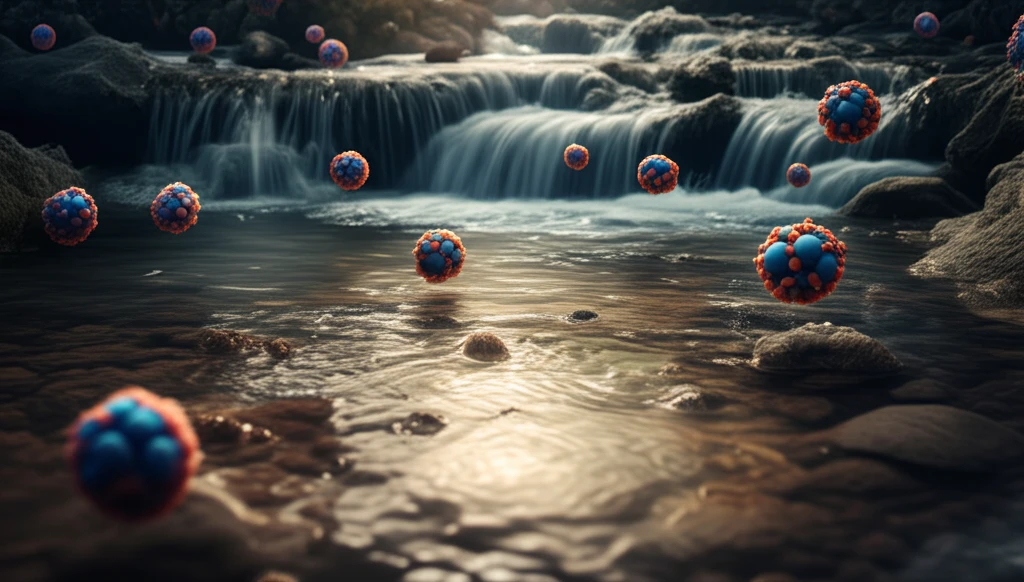
The UV-TiO2 Breakthrough: Is This the Key to Cleaner Water?
"Discover how UV-TiO2 pretreatment is revolutionizing water filtration, making it easier and more effective than ever before."
In a world increasingly aware of the importance of clean water, scientists and engineers are constantly seeking new and improved methods of water treatment. One area of particular interest is ultrafiltration (UF), a process used to remove natural organic matter (NOM) from water. While UF is effective, it can be hampered by membrane fouling, a phenomenon where contaminants accumulate on the membrane surface, reducing its efficiency. This is where a promising innovation comes into play: UV-TiO2 pretreatment.
A recent study published in the Chemical Engineering Journal explores the use of UV-TiO2 pretreatment to combat membrane fouling in ceramic UF membranes. The study investigates how this pretreatment affects the mechanisms of fouling development, providing valuable insights into creating more effective water filtration systems. The target audience can relate to the need of clean water and the problem of water scarcity.
The research focuses on the impact of UV-TiO2 photocatalysis as a pretreatment method to lessen the effects of humic acid (HA), a major culprit in membrane fouling. By understanding how UV-TiO2 interacts with HA, researchers aim to unlock new strategies for keeping UF membranes clean and functioning at their best.
Unlocking the Science Behind UV-TiO2 Pretreatment

The study meticulously examined how UV-TiO2 pretreatment affects various characteristics of organic matter in water, including dissolved organic carbon (DOC), specific ultraviolet absorbance (SUVA), and molecular weight (MW). Researchers also looked at hydrophilicity, fouling resistance, and the physical structure of the membrane surface using scanning electron microscopy (SEM).
- Reduces cake filtration coefficients
- Decreases pore blocking
- Enhances reversible fouling elimination
- Promotes a more porous cake layer
A Promising Future for Clean Water
The findings of this study suggest that UV-TiO2 pretreatment holds significant promise as a strategy for reducing membrane fouling and improving the efficiency of ultrafiltration processes. By pretreating water with UV-TiO2, filtration systems can operate more effectively, providing cleaner and safer water for various uses. Further research and development in this area could pave the way for more sustainable and cost-effective water treatment solutions in the future.
